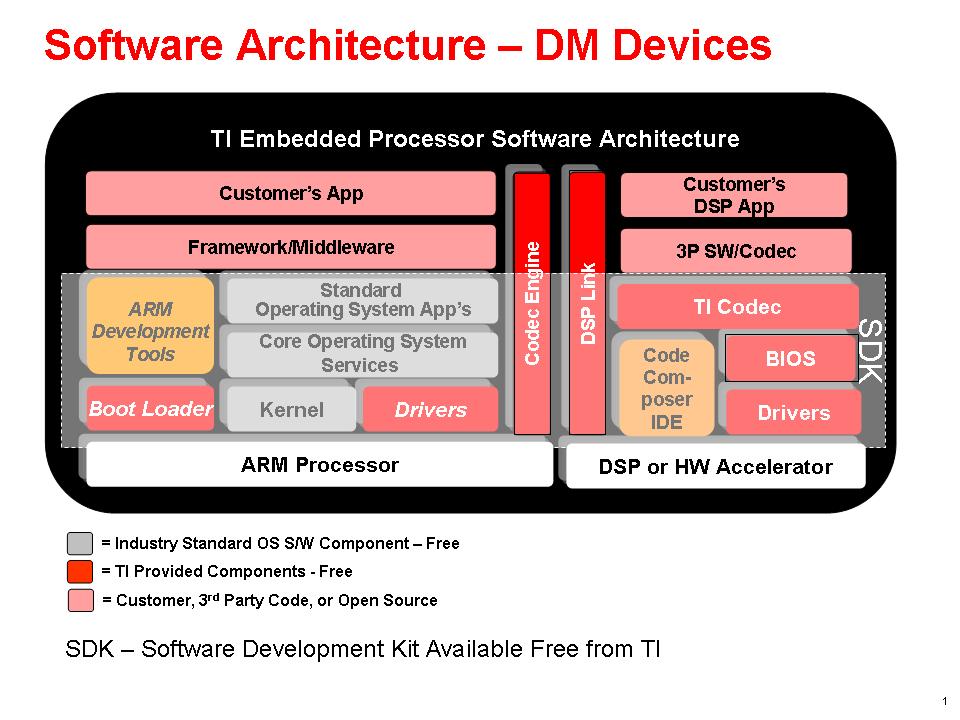One concern I have with all the Chinese chips (doesn't not include Mediatek, that's a Taiwanese company), is QA.
They usually have high failure rate, bad performance/power ratio, awful documentation, hideous outdated design architecture (even if they are 28nm as well, that does not prove anything).
Sure, we can make that work, but that could leave a potential customer with a mouth of bad taste. There is not much point in saving a few dollars of cost on a 600 bucks product.

It is rumoured that MTK has given many documents and source codes of their driver to Sony, so it is completely possible they would some day come to their senses and start to support other communities. Since Linux is getting bigger and better and has a lot of growth potential (thanks to valve's SteamOS), it is entirely possible in the not-too-distance future, these companies will pay more attention to Linux. It's not guaranteed, but highly likely.
Pandora is not that underpowered anyway. I would still see myself using it in the coming years. Let's be honest, the situation is more chaotic than ever, and taking our side at this moment in time would mean great risk without any reward.
on one hand, there are companies trying to get into the portable gaming market (NVIDIA), there are companies trying to extend their market (MTK), there are companies trying to compete with a well developed system in a already saturated market (Intel and AMD), there are companies struggling to change their product's target market (Microsoft, apple, Google, even valve).
On the other hand, there are new technologies coming into the scene that all have great promises. VR, universal streaming, cloud services, 3d scan, motion control, 3d printer, universal digital input, 4g, parallel computing all sound like the future of our lives, but we are not sure of whether the time has came.
There is too much uncertainty and too many possibilities.
I say, We should just wait a while, don't take our swing until we have found the target in the "golden range". That way, we will ensure a product that would stay true to its loyal fanbase, but attractive to many outsiders.


